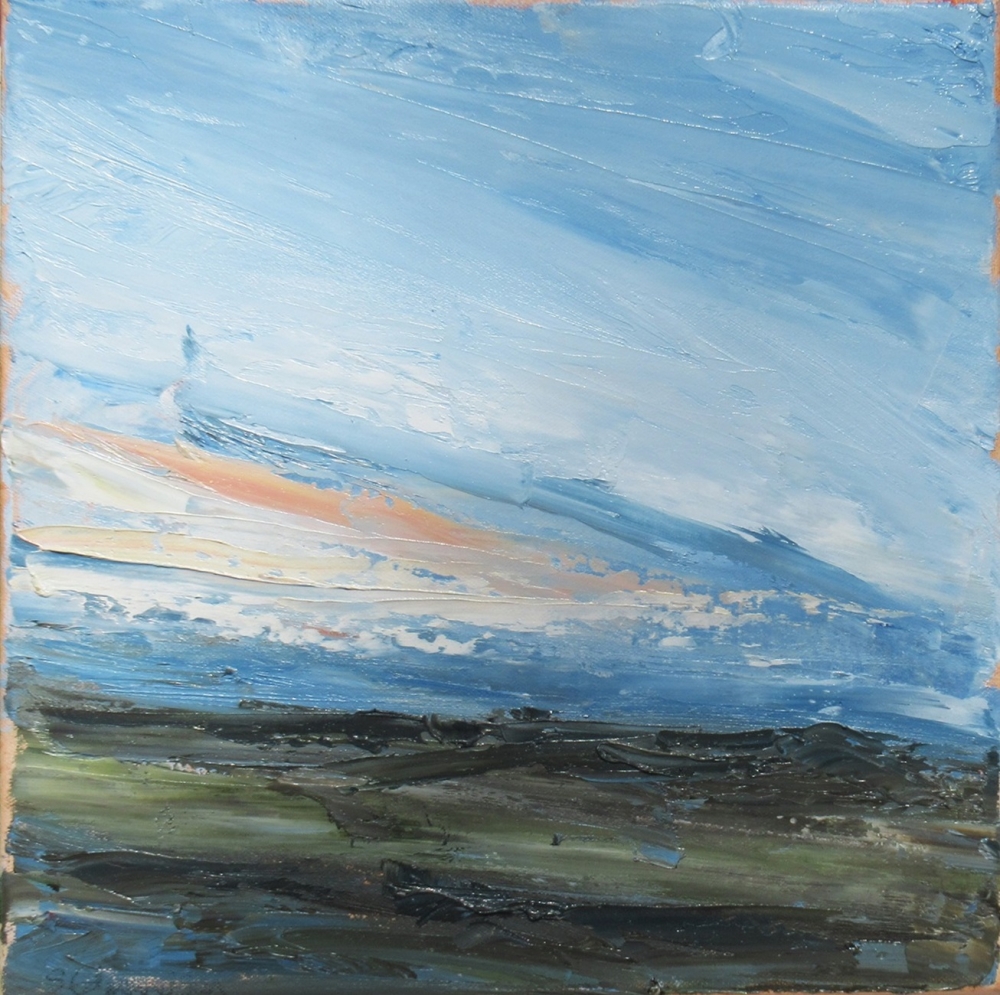In the evolving landscape of contemporary art, there is a growing awareness and commitment among artists to adopt eco-friendly practices that reduce their environmental footprint. From the choice of materials to innovative techniques, these efforts are shaping a sustainable future for the art world.
 A New Day. Sherry Edmondson
A New Day. Sherry Edmondson
Choosing sustainable materials
One of the fundamental shifts in eco-friendly art practices revolves around the selection of materials. Traditional art supplies often involve chemicals, heavy metals, and non-biodegradable substances harmful to the environment. However, artists today are exploring sustainable alternatives such as:
· Recycled and upcycled materials: Artists are incorporating discarded items like paper, cardboard, plastics, and even electronics into their artworks. This not only reduces waste but also gives new life to materials that would otherwise end up in landfills.
· Natural and organic pigments: Instead of synthetic dyes and paints derived from petrochemicals, artists are turning to natural pigments sourced from plants, minerals, and even insects. These pigments are biodegradable and often create unique, earthy hues that add depth to their creations.
· Water-based and non-toxic paints: Traditional oil-based paints release volatile organic compounds (VOCs) harmful to air quality and ecosystems. Water-based alternatives and paints with low VOC content are gaining popularity for their minimal environmental impact and safer application.
Sustainable techniques
Beyond materials, eco-conscious artists are reevaluating their creative processes to minimize waste and energy consumption:
· Minimalist approaches: Embracing simplicity and minimalism not only enhances artistic expression but also reduces the use of resources. Artists are exploring techniques like sketching with charcoal or using fewer brush strokes to convey their message effectively.
· Energy-efficient practices: Adopting energy-efficient lighting, utilizing natural light, and employing digital tools for planning and sketching are ways artists are reducing their carbon footprint in the studio.
· Collaboration with nature: Some artists integrate environmental elements directly into their work, such as using natural textures and incorporating living organisms like moss or lichen into installations. These artworks interact with their surroundings, fostering a deeper connection to nature.
Promoting awareness and education
Artists committed to eco-friendly practices often use their platforms to raise awareness about environmental issues:
· Art as advocacy: Through exhibitions, workshops, and public installations, artists educate audiences about sustainability and inspire them to rethink their consumption habits.
· Community engagement: Collaborating with local communities and environmental organizations fosters dialogue and encourages collective action towards a greener future.
Eco-friendly art practices are not just a trend but a conscientious choice to preserve the planet's resources and mitigate environmental impact. By embracing sustainable materials, adopting eco-conscious techniques, and promoting awareness, artists are leading by example in creating a more sustainable art ecosystem. As the art world continues to evolve, these efforts demonstrate that creativity and environmental stewardship can go hand in hand, paving the way for a brighter, greener future.
 A New Day. Sherry Edmondson
A New Day. Sherry Edmondson